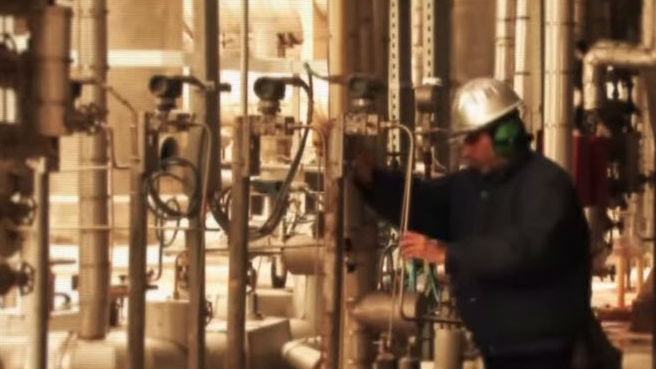Iran to Complete New Oil Terminal by Year-End

Iran expects to complete a pipeline and a terminal to export a new grade of crude by year-end, boosting the country's drive to ramp up oil production to pre-sanctions levels.
A senior official from the National Iranian Oil Company said late on Monday that the terminal near Kharg Island in the Persian Gulf would be ready to export the new grade of crude, known as West Kharoon, after the facilities were completed "sometime by the end of this year".
Iran oil officials have said it will be ready to enter talks on a possible oil supply freeze with other OPEC members once it returns output to levels before sanctions were imposed on its crude imports over the country's disputed nuclear program.
"As soon as (the pipeline and terminal are) completed, we will be able to segregate and export this crude," Seyed Mohsen Ghamsari, director for international affairs at the National Iranian Oil Company, said.
Initial production of the new grade may be just under 300,000 barrels per day, making it key in boosting Iranian production, he said. The grade was originally expected to be introduced to the market earlier this year.
The crude blend will be of similar quality to Iraq's Basra Heavy crude, with an API gravity of between 22 and 26 degrees and a sulfur content higher than two percent.
Ghamsari said earlier on Monday Iran is producing just over 3.8 million bpd of crude and could reach four million bpd in a few months.
"We are ready to negotiate the level of production as soon as we come back to the production before sanctions," Ghamsari said, adding that output was a little higher than four million bpd before sanctions.
A nod from Iran is key in getting members of the Organization of Petroleum Exporting Countries to agree to a deal to freeze production which could curb excess supply globally and support oil prices.
Tehran's aggressive moves to recoup market share, lost under international sanctions, have paid off in Asia with July crude imports up 61 percent at 1.64 million bpd from a year ago.
Still, crude exports to Asia and Europe, Iran's key markets, are expected to stabilize in September after sharp rises in the first half.
For Iranian crude exports to Asia there won't be significant change from July, Ghamsari said. He expects September exports to Europe to rise to 500,000 bpd, up 100,000 bpd from July.
Iran remains in talks with Arab Petroleum Pipelines Company (SUMED) to lease storage tanks, although the producer has been able to increase exports to Europe without the facilities, Ghamasari said. Low freight rates have also reduced the cost of shipping Iranian crude to Europe, he added.
In Iran, NIOC will reduce its gasoline imports and condensate exports once the first phase of its Persian Gulf refinery starts up by end-March 2017, he said.
Gasoline imports have fallen this year as Iran uses more compressed natural gas to fuel cars, Ghamsari said without providing volumes.
Separately, NIOC increased fuel oil exports this year to meet robust demand, especially for the straight-run 280-centistoke grade, he said.
